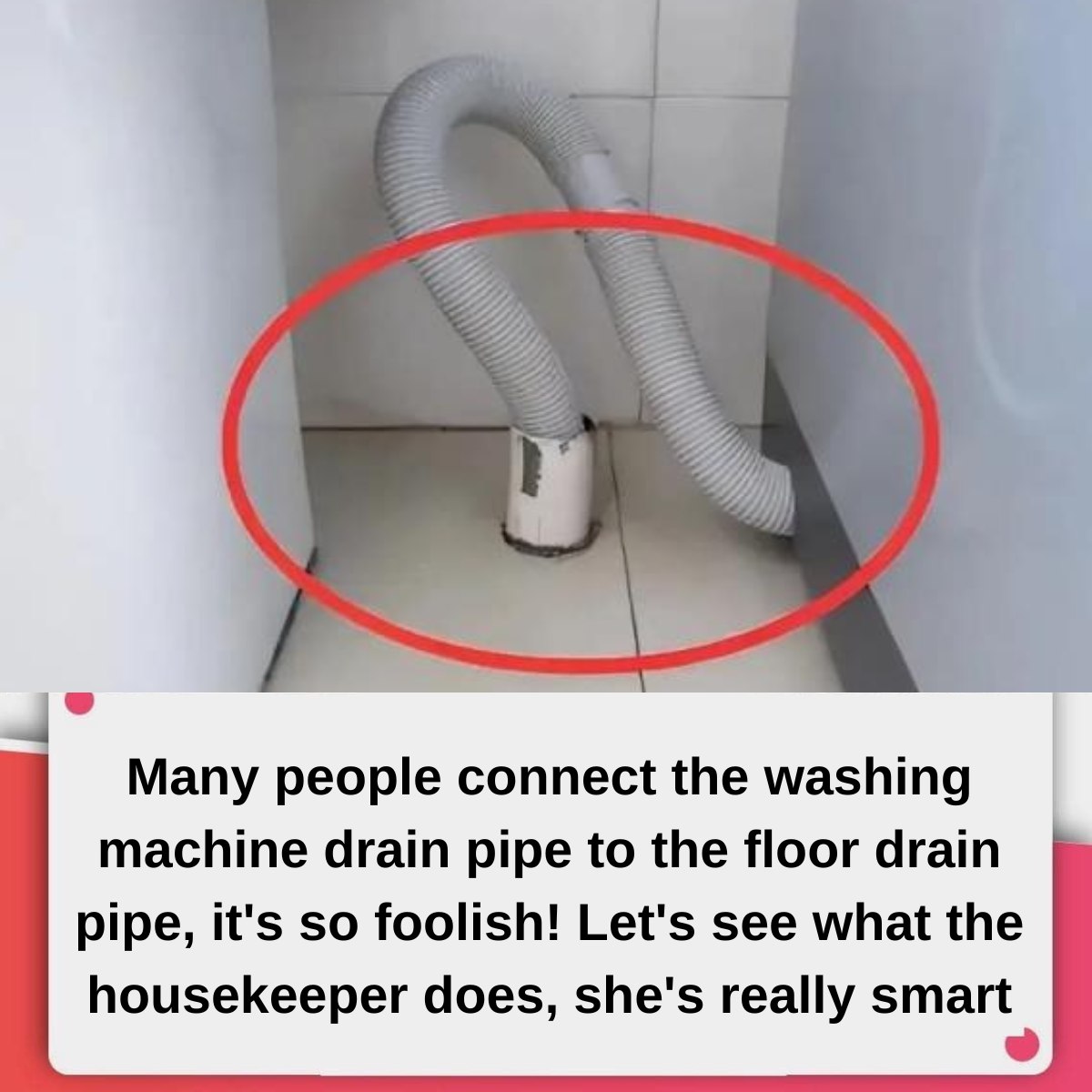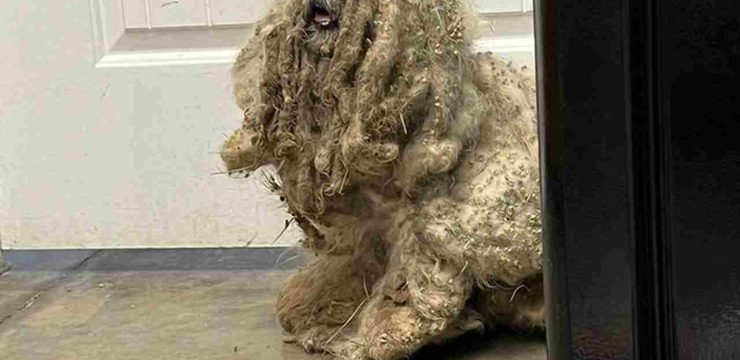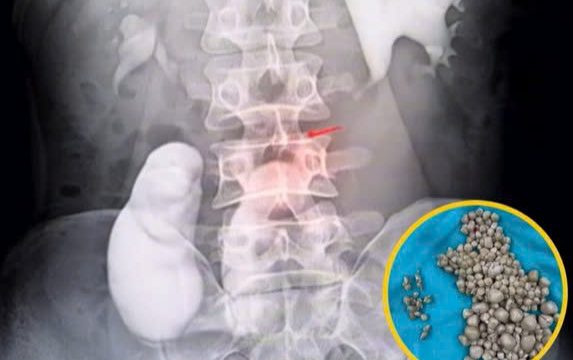In most households today, the washing machine is an essential appliance that makes laundry effortless and convenient. With just the press of a button, clothes are cleaned without requiring any physical labor, saving time and ensuring cleanliness. This invaluable tool has become a staple in modern homes, freeing us from the tedious chore of hand washing.

However, a widespread habit among many families is placing the washing machine in the bathroom. This seems like a logical choice—it’s a waterproofed space with easy access to a floor drain for efficient water drainage. While this setup may appear practical, there’s a significant oversight that can cause long-term issues: directly connecting the washing machine’s drainage hose to the floor drain.
Many people adopt this method for its simplicity, but over time, it can lead to several problems, including bacterial growth and unpleasant odors. If connecting the drainage hose to the floor drain isn’t the right approach, what’s the alternative? Let’s dive into the risks associated with this practice and explore better solutions.
The Risks of Plugging the Drainage Hose into the Floor Drain
Though it might seem harmless, plugging the washing machine’s drainage hose directly into the floor drain is not the recommended method. This habit can create several health and hygiene issues over time.
1. Increased Bacteria Growth
When the washing machine’s drainage hose is inserted into the floor drain, the dirty water expelled during the washing process flows out, but it doesn’t always exit cleanly. Residual water, along with bacteria and dirt from the drainage pipes, can flow back into the hose.
This backflow contaminates the washing machine and can make your clothes dirtier with each cycle, instead of cleaning them thoroughly. Wearing clothes washed in such conditions can negatively affect skin health, particularly for individuals with sensitive skin or allergies. Over time, this creates a breeding ground for harmful bacteria that can compromise the overall hygiene of your laundry routine.
2. Persistent Unpleasant Odors
Another major issue with this setup is the development of foul odors. Drainage systems are one of the most common sources of bad smells in a home, as they often accumulate dirt, soap scum, and organic residues over time.
If the washing machine’s drainage hose is connected to the floor drain, these unpleasant odors can travel back up the pipe and into the washing machine. As a result, the washing machine itself—and eventually your clothes—can absorb this bad smell. No one wants freshly laundered clothes that smell worse than when they were dirty.
3. Pipe Blockages and Maintenance Challenges
Over time, connecting the hose directly to the floor drain can lead to blockages in the drainage system. Soap, lint, and fabric fibers often accumulate in pipes, making water drainage less efficient. These blockages not only result in unpleasant odors but also make maintenance more complicated and expensive.
What’s the Right Solution?
To avoid these problems, it’s important to follow best practices when installing your washing machine’s drainage system. Here are some alternative solutions:
1. Use a Standpipe with a Trap
A standpipe with a P-trap is one of the most effective ways to connect a washing machine’s drainage hose. This setup ensures that dirty water flows out efficiently while preventing backflow. The P-trap creates a water seal that blocks odors and bacteria from traveling up the pipe and into the washing machine.
2. Elevate the Drainage Hose
Ensure that the drainage hose is positioned higher than the level of the washing machine. Most washing machine manufacturers recommend this to prevent backflow. An elevated hose ensures that water drains properly and reduces the risk of contamination.
3. Regularly Clean the Pipes
To prevent buildup and odors, clean the drainage pipes regularly. Use pipe-cleaning solutions or a mixture of baking soda and vinegar to break down residues and keep the system clear. Regular maintenance will improve the efficiency of your drainage system and reduce unpleasant smells.
4. Avoid Placing the Washing Machine in the Bathroom
If possible, consider placing the washing machine in a dedicated laundry area instead of the bathroom. Bathrooms are often humid environments, which can contribute to mold and bacteria growth in and around the machine. A well-ventilated laundry space reduces these risks and provides better overall hygiene for your washing machine.
Conclusion: A Small Change for Better Hygiene
While it may seem convenient to connect your washing machine’s drainage hose directly to the floor drain, this habit can lead to a host of problems, including bacteria growth, bad odors, and maintenance headaches. Understanding these risks and implementing the proper setup can significantly improve the efficiency and hygiene of your laundry routine.
Using a standpipe, elevating the hose, and regularly cleaning your drainage system are simple yet effective ways to keep your washing machine running smoothly. Making these small changes ensures that your clothes come out fresh and clean, providing peace of mind for you and your family.
Ultimately, your washing machine is a valuable investment that simplifies your daily chores. Treating it with care and following the correct installation methods will not only prolong its lifespan but also maintain the cleanliness and hygiene of your home.





